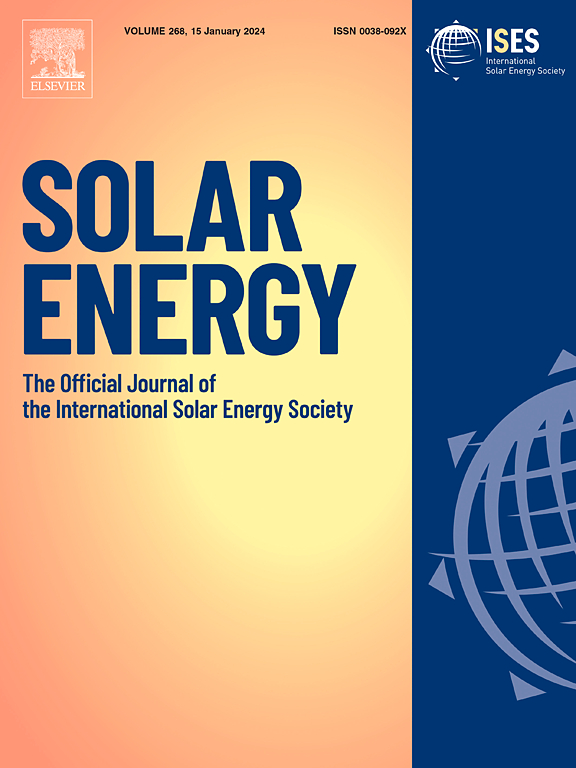Machine learning aided photovolatic property predictions, design and library generation of indeno-fluorene donors with lowest exciton bindings
IF 6
2区 工程技术
Q2 ENERGY & FUELS
引用次数: 0
Abstract
A comprehensive study leveraging Machine Learning (ML) and quantum chemical calculations is presented to predict and optimize photovoltaic (PV) properties of Indeno-Fluorene based electron donors. A dataset of 1631 organic donors was compiled from literature and broken down into molecular descriptors using RDKit. The Exciton Binding Energy (Eb) value (eV) were calculated and predicted using ML models, achieving remarkable R2 values of 0.88–0.98. Donors with the lowest Eb values were further analyzed for electronic charge patterns, electronic excitations, and PV parameters, including Light Harvesting Efficiency (LHE), Open Circuit Voltage (Voc), and Short Circuit Current Density (Jsc). The optimized donors exhibited impressive PV performance: LHE (43–95 %), Voc (−0.42 to 3.90 V), and Jsc (9.42–70.95 mA/cm2). This work demonstrates the efficacy of ML-aided design and prediction of PV properties, facilitating the rapid identification of high-performance Indeno-Fluorene donors for dye-sensitized solar cells. The generated library and predictive models provide valuable resources for the development of efficient organic PV materials.

求助全文
约1分钟内获得全文
求助全文
来源期刊

Solar Energy
工程技术-能源与燃料
CiteScore
13.90
自引率
9.00%
发文量
0
审稿时长
47 days
期刊介绍:
Solar Energy welcomes manuscripts presenting information not previously published in journals on any aspect of solar energy research, development, application, measurement or policy. The term "solar energy" in this context includes the indirect uses such as wind energy and biomass
 求助内容:
求助内容: 应助结果提醒方式:
应助结果提醒方式:


